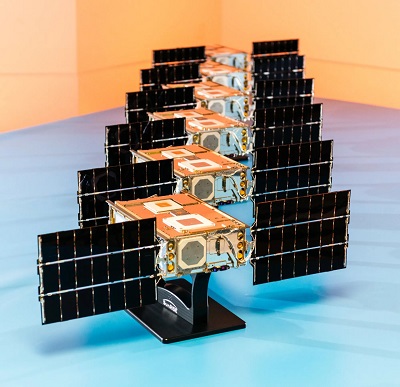Washington, (Asian independent) Scientists at NASA have completed construction of six identical cereal box-size satellites that aim to study solar radio bursts, and they now await their final testing.
The six small satellites(SmallSats) are part of the agency’s Sun Radio Interferometer Space Experiment (SunRISE) which will be launched as a rideshare aboard a United Launch Alliance Vulcan rocket, sponsored by the US Space Force (USSF)’s Space Systems Command (SSC).
Once launched, these SmallSats will work together to act like one giant radio antenna in space.
The mission will study the physics of explosions in the Sun’s atmosphere in order to gain insights that could someday help protect astronauts and space hardware from showers of accelerated particles.
SunRISE may someday help track solar radio bursts and pinpoint their location to warn humans when the energetic particles from coronal mass ejections and solar flares are likely to hit Earth.
“Some missions put multiple scientific instruments on a single spacecraft, whereas we use multiple small satellites to act as a single instrument,” said Andrew Romero-Wolf, the deputy project scientist for SunRISE at NASA’s Jet Propulsion Laboratory in southern California, in a statement.
While small in size, the six satellites have a big job ahead of them studying solar radio bursts, or the generation of radio waves in the outer atmosphere of the Sun.
These bursts result from electrons accelerated in the Sun’s atmosphere during energetic events known as coronal mass ejections and solar flares. Particles accelerated by these events can damage spacecraft electronics — including on communications satellites in Earth orbit — and pose a health threat to astronauts.
To look out for solar radio events, the SmallSats will fly about 10 kilometres apart and each deploy four radio antennas that extend 2.5 metres. Mission scientists and engineers will track where the satellites are relative to one another and measure with precise timing when each one observes a particular event. Then they will combine the information collected by the satellites into a single data stream from which images of the Sun will be produced for scientists to study — a technique called interferometry.








